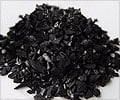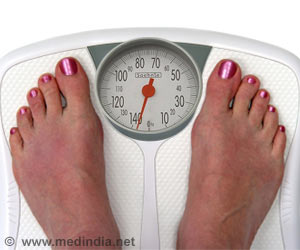To reduce belly fat carboxytherapy was shown as the new, safe and effective technique that injected carbon dioxide into fat pockets in a successful first randomized trial.

‘Carboxytherapy is the new, safe and effective way to reduce belly fat. In this technique carbon dioxide was injected into fat pockets in a successful, first randomized trial.’





"Carboxytherapy could potentially be a new and effective means of fat reduction," said lead author Dr. Murad Alam, vice chair of dermatology at Northwestern University Feinberg School of Medicine and a Northwestern Medicine physician. "It still needs to be optimized, though, so it's long lasting." The paper was published this week in the Journal of the American Academy of Dermatology.
The new technique's benefits are that it is a "safe, inexpensive gas, and injecting it into fat pockets may be preferred by patients who like natural treatments," Alam said. "Non-invasive fat reduction has become increasingly sought-after by patients."
Benefits of a non-invasive approach are diminished downtime, avoidance of scarring and perceived safety.
Current technologies routinely used for non-invasive fat reduction include cryolipolysis, high intensity ultrasound, radiofrequency, chemical adipocytolysis and laser-assisted fat reduction.
Advertisement
No randomized controlled trials for carboxytherapy efficacy and benefit over time have been previously conducted. The purpose of this study was to assess the effectiveness of carboxytherapy for fat reduction in a randomized, controlled trial, and to determine if any observed benefits persisted for six months.
Advertisement
That the difference was not maintained at six months suggests the treatment stimulated a temporary metabolic process that reduced the size of fat cells without inducing cell death, Alam said.
"If carboxytherapy can provide prolonged benefits, it offers patients yet another noninvasive option for fat reduction," Alam said. "But we don't feel it's ready for prime time."
Source-Eurekalert















